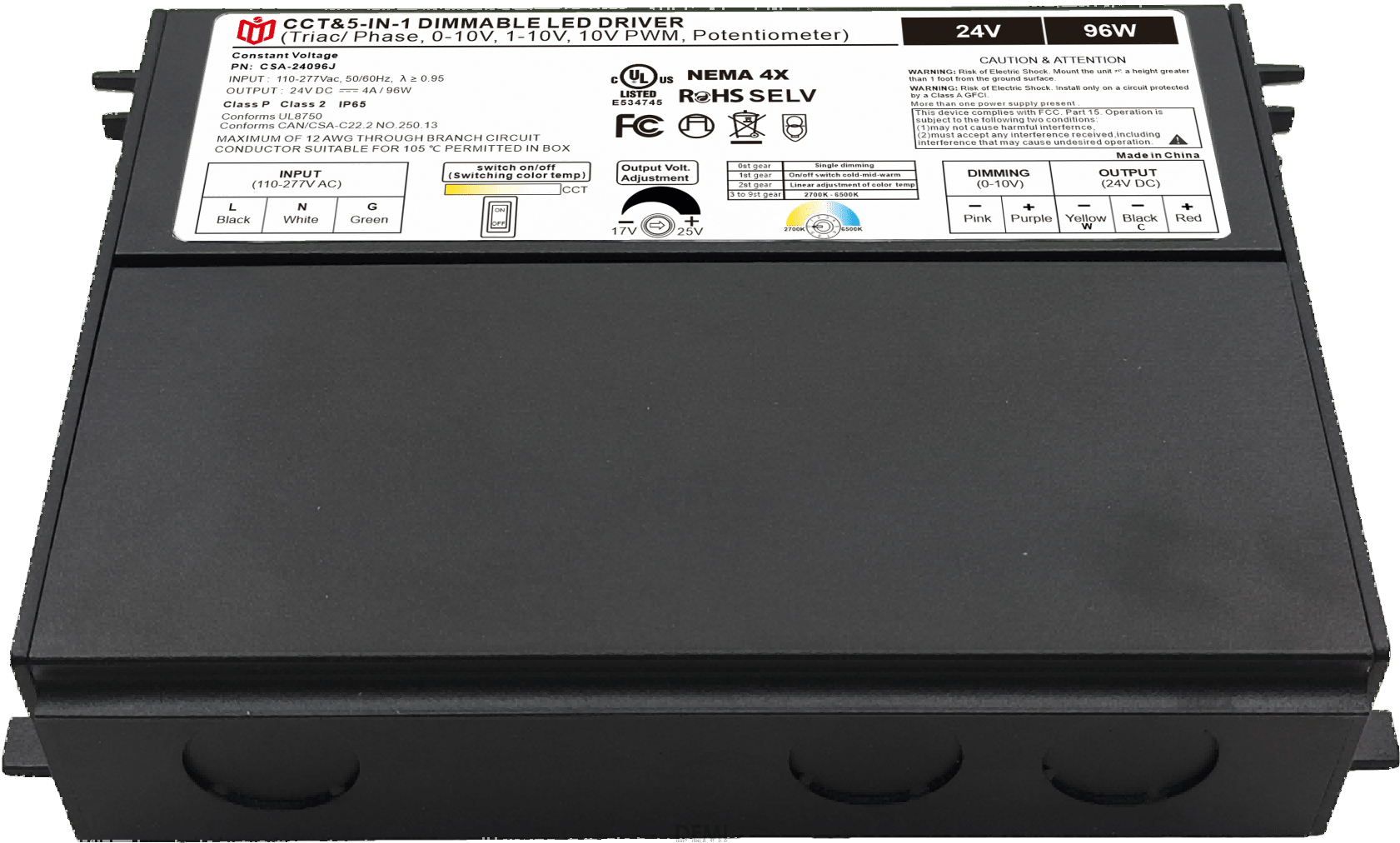The Ultimate Balancing Act: Precision Voltage Control in 0-10V Systems

In modern engineering ecosystems, few challenges demand such delicate orchestration as maintaining precise voltage levels within 0-10V control systems. These analog signaling frameworks serve as foundational pillars across industries—from HVAC actuators adjusting airflow to industrial robotics executing micrometer-level movements. At their core lies an intricate dance between power delivery and signal fidelity, where even fractional deviations can cascade into operational failures or safety hazards.
Why Micromanagement Matters: The Science Behind Millivolt Precision
Every millivolt carries consequence. Consider LED dimming applications: a mere 50mV drift alters perceived brightness by 8%, disrupting visual harmony in architectural installations. For sensor feedback loops, similar minuscule fluctuations corrupt data integrity, leading to cascading errors in closed-loop controls. Advanced systems employ laser-trimmed resistor networks and temperature-compensated reference ICs to achieve ±0.1% stability across extreme ambient conditions (-40°C to +85°C). Such rigor transforms simple DC signals into trustworthy command channels.
Architectural Anatomy of Robust Regulation
Effective implementation requires three-tiered defense strategy: First, source impedance matching eliminates reflection noise on PCB traces longer than λ/10. Second, active buffering stages isolate load transients—critical when driving capacitive burdens exceeding 10nF. Third, digitally assisted trimming via DACs enables dynamic compensation without manual intervention. Fieldbus protocols like Profibus often integrate diagnostic monitors that flag drift beyond preset thresholds, triggering automated recalibration cycles before errors propagate downstream.
Real-World Battlegrounds: Where Theory Crumbles Without Vigilance
Automotive test benches reveal harsh lessons. During cold cranking simulations (down to -30°C), battery voltage sags cause unregulated supplies to plummet below operational floors. Simultaneously, EMI from nearby switching converters injects high-frequency hash into measurement paths. Dual-stage filtering (π-filter followed by ferrite bead choke) combined with shielded twisted pair cabling becomes non-negotiable armor against these assaults. Aerospace applications take further precautions—conformal coating protects against humidity-induced leakage currents while redundant monitoring circuits cross-verify primary signals.
Emerging Frontiers: Intelligence Redefines Possibilities
Next-generation solutions leverage machine learning algorithms analyzing historical drift patterns to predict failure points proactively. GaN FETs now switch at frequencies exceeding 2MHz while maintaining sub-milliwatt quiescent consumption, enabling ultrafast response times without thermal throttling. Wireless mesh networks transmit diagnostic telemetry alongside control signals, allowing centralized fleet management through cloud platforms. Such convergence turns reactive maintenance into predictive stewardship across entire facility ecosystems.
Master Craftsmanship Through Iterative Refinement
True mastery emerges from relentless iteration. Engineers at semiconductor foundries perform step-stress testing—systematically varying load/temperature/humidity parameters until Pareto frontiers define optimal operating windows. Automated test equipment (ATE) captures Bode plots revealing phase margin degradation near resonance points, guiding compensator design improvements. Even seemingly stable benchmarks require quarterly revalidation against aging components; electrolytic capacitors lose 2% capacitance annually, silently eroding margin reserves over deployment lifetimes. This continuous vigilance separates reliable systems from statistical outliers.
Ultimately, conquering the 0-10V landscape demands equal parts artistry and analytical rigor. As smart factories scale toward autonomous operation, those who perfect this fundamental balancing act will build tomorrow's most resilient infrastructure—one precisely metered electron at a time.
 In heritage architecture prote
In heritage architecture prote
 When small-batch customization
When small-batch customization
 Have the electromagnetic emiss
Have the electromagnetic emiss
 When Triac dimmable power supp
When Triac dimmable power supp
